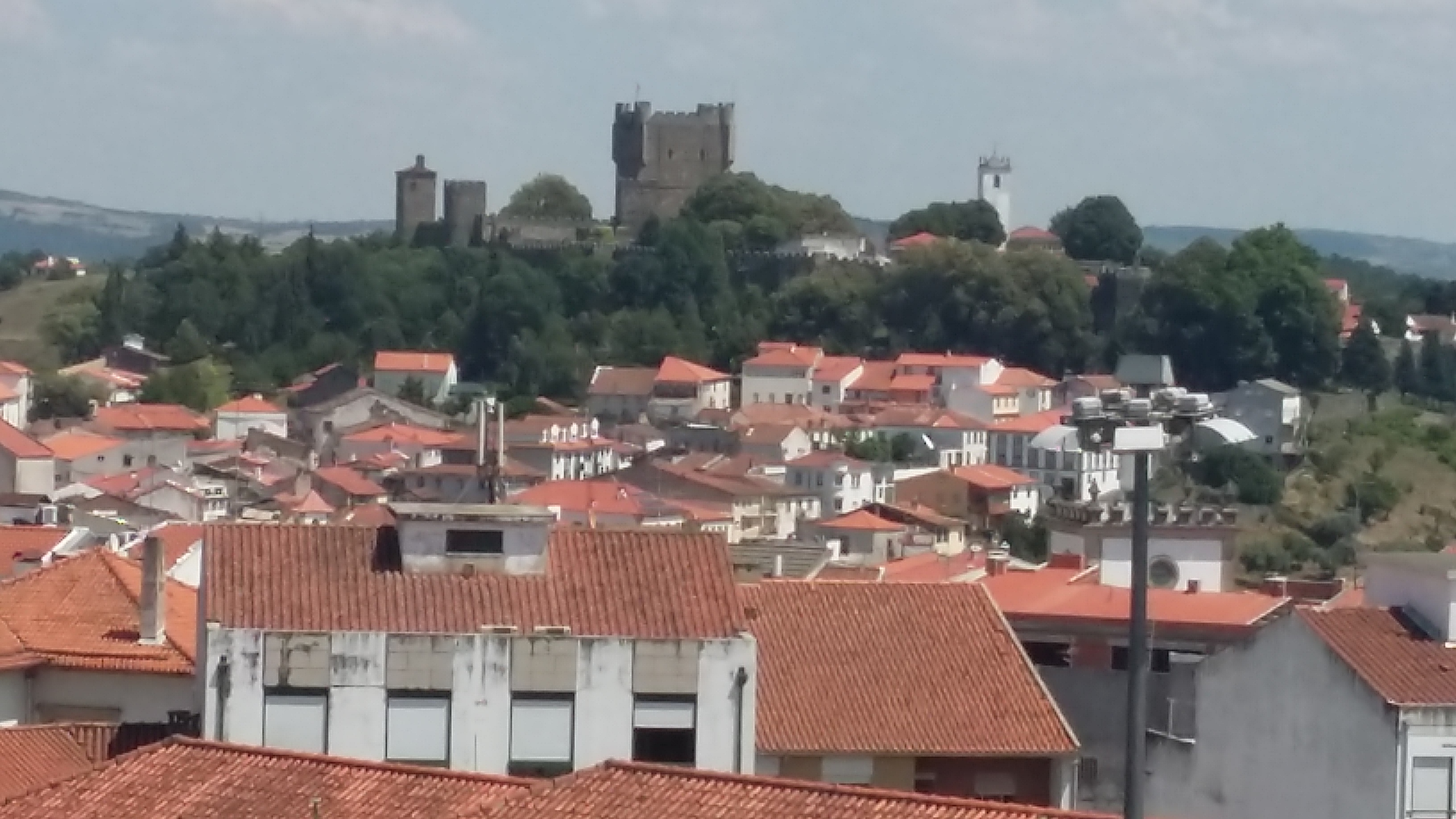
August 2, 2018, by Bethan Chandler
Perks of Portuguese PDEs
In this blog, Jonathan Wattis, Professor of Mathematical Sciences, writes about a recent conference he attended, the national meeting of the Portuguese Mathematics Society (ENSPM18).
I recently attended the ENSPM18 meeting (http://www.enspm2018.ipb.pt) – which is the national meeting of the Portuguese Mathematics Society (SPM). The outgoing president of the society, Fernando da Costa, along with Joachim Correia from Evora, organised a minisymposium on `PDEs in Biology’, inviting speakers from UK, France and India, as well as Portugal. The sessions were extremely varied – covering topics from complex diffusion as an aid to reduce noise in medical imaging (Pedro Serrhano, UAberta), to the numerical approximation of coagulation-fragmentation problems (Ankik Giri & Rajesh Kumar, IIT Roorkee, India), as well as nonlinear problems in fluid mechanics: Marilia Pires from Evora spoke on the flow of Oldroyd B fluids in helical pipes and Michael Grinfeld from Strathclyde spoke about thin film flows.
I spoke on cellular aging through the shortening telomeres – noncoding DNA sequences which occur at the end of chromosomes. This work was from the thesis of Qi Qi – a PhD student who graduated a couple of years ago. We first derived a PDE for how the distribution of telomere lengths changes from one generation to the next. Depending on the precise rules for how likely a chromosome is to divide and the amount of telomere lost, a variety of PDEs can be obtained. Some yield Gaussian, log-normal, or more complicated distributions. As the telomeres shorten to a lower threshold length, the cells change from a replicating state to a `senescent’ state in which they remain functioning, but no longer replicate. The reduction of telomere length in a population of independent telomeres has been modelled before, however, our work also included the effects due to a cell containing 46 telomeres (as in humans) and the length of shortest telomere determining whether the cell is senescent or replicating. This produces a much sharper transition from replication to senescence in the population of cells.
The conference was in the ancient city of Braganca in NE Portugal, very efficiently organised by Joao Paulo Almeida, the head of maths at the local polytechnic where the conference was held. Whilst many sessions were in Portuguese, there were a sufficient number in English to make the meeting worth attending, and an extremely wide range of topics covered. The meeting drew together statisticians, pure and applied mathematicians from academia as well as several school teachers, giving a very different feel compared to the UK’s equivalent meetings (BAMC/BMC), but still provided good opportunities to make new collaborations.
No comments yet, fill out a comment to be the first

Leave a Reply